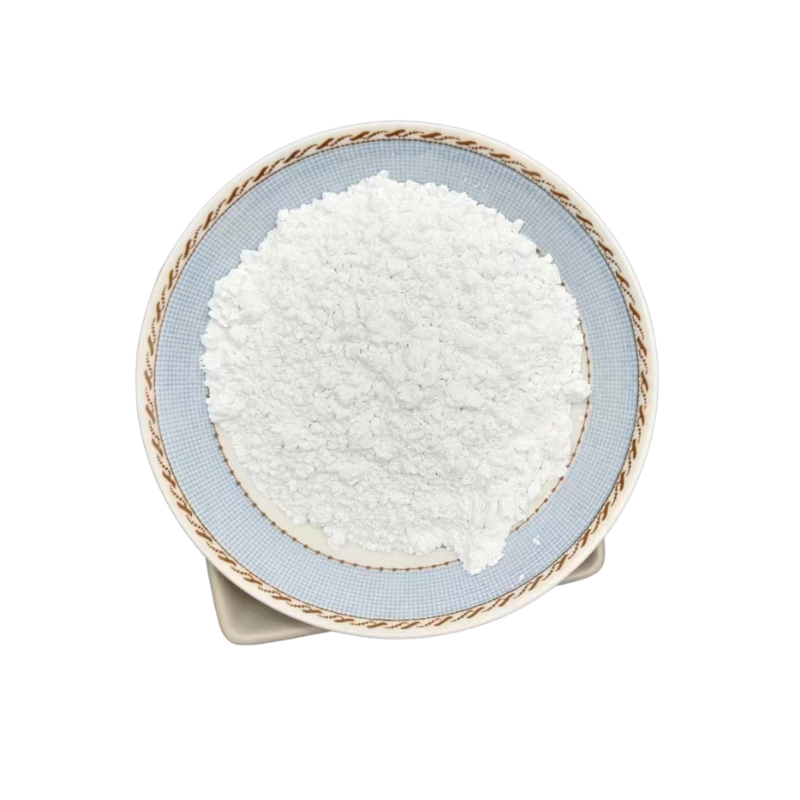
bentonite use in piling
The Use of Bentonite in Piling A Comprehensive Overview
Bentonite is a clay material that has been widely used in various construction applications, particularly in the field of piling. Piling is a foundation engineering technique often employed in situations where the upper soil layers are unstable or unable to support the loads imposed by structures. Bentonite's unique properties contribute to its effectiveness in this process, making it an essential component in modern construction.
What is Bentonite?
Bentonite is a type of absorbent aluminum silicate clay that swells when it comes into contact with water. It is primarily composed of montmorillonite, a mineral that provides it with a high capacity for moisture absorption and swelling. There are two main types of bentonite sodium bentonite, which has a high swelling capacity and is usually used in drilling and piling applications, and calcium bentonite, which is more commonly used for other purposes such as sealing and pet litter. The properties of sodium bentonite make it especially suitable for use in piling operations.
Functions of Bentonite in Piling
Bentonite serves multiple functions in piling, particularly in the formation of boreholes. When drilling into the ground to create a pile, the soil surrounding the borehole can become unstable or collapse due to the pressure difference. Bentonite is mixed with water to create what is known as a bentonite slurry. This slurry is then used to stabilize the borehole by providing support to the walls of the hole, preventing soil collapse, and controlling groundwater.
1. Stabilization of Boreholes One of the primary functions of bentonite in piling is to stabilize the walls of the borehole. The slurry creates a hydraulic pressure that counteracts the pressure from the surrounding soil, preventing the walls from caving in. This is particularly critical in loose or saturated soils, where the risk of collapse is high.
2. Reduction of Friction During pile installation, the friction between the pile and the surrounding soil can impede the insertion of the pile. Bentonite slurry reduces this friction by creating a lubricating layer, allowing for smoother penetration and reducing the likelihood of damage to the pile.
bentonite use in piling

3. Control of Groundwater In many construction sites, groundwater can pose a significant challenge. Bentonite's ability to form a viscous barrier helps control the flow of groundwater, keeping the construction site dry and improving working conditions. This is especially important for deep pile installations, where water intrusion can undermine stability.
4. Improvement of Soil Properties The introduction of bentonite into the soil can also lead to improvements in soil properties. For instance, the interaction of bentonite with surrounding soil can enhance soil cohesiveness and stability, further supporting the integrity of the piles being installed.
Environmental Considerations
The use of bentonite in piling is generally considered environmentally friendly compared to other materials. It is non-toxic, natural, and biodegradable, making it a sustainable choice in construction. However, it is essential to manage its disposal carefully to avoid excessive accumulation in the environment.
Challenges and Limitations
While bentonite is an effective material for use in piling, it is not without its challenges. Over-reliance on bentonite can lead to increased costs associated with mixing, transporting, and disposing of the slurry. Additionally, in regions with specific soil composition or environmental conditions, alternative solutions may be more effective. Therefore, careful site assessment and planning are essential to determine the appropriateness of bentonite for specific piling projects.
Conclusion
In conclusion, bentonite plays a crucial role in the piling process, ensuring the stability and integrity of boreholes while facilitating the smooth installation of piles. Its unique properties make it an invaluable material in foundation engineering, particularly in challenging soil conditions. As the construction industry continues to evolve, the use of bentonite in piling will likely remain a staple, supported by its advantages in stability, efficiency, and environmental sustainability. Careful consideration of its application and management will ensure that the benefits of bentonite are fully realized in construction projects around the world.
Share
-
Fly Ash Solutions Enhanced by GPT-4 Turbo | Sustainable InnovationNewsAug.01,2025
-
Natural Premium Bentonite Cat Litter - Superior ClumpingNewsJul.31,2025
-
Premium Resin Coated Sand - High Heat Resistance CastingNewsJul.31,2025
-
High Quality Silicon Carbide Grit for Abrasive ApplicationsNewsJul.30,2025
-
High-Quality Ceramsite for Plants & Gardening | Lightweight PebblesNewsJul.29,2025
-
Premium Burgundy Glass Marbles for Vases & Shooter GamesNewsJul.29,2025






